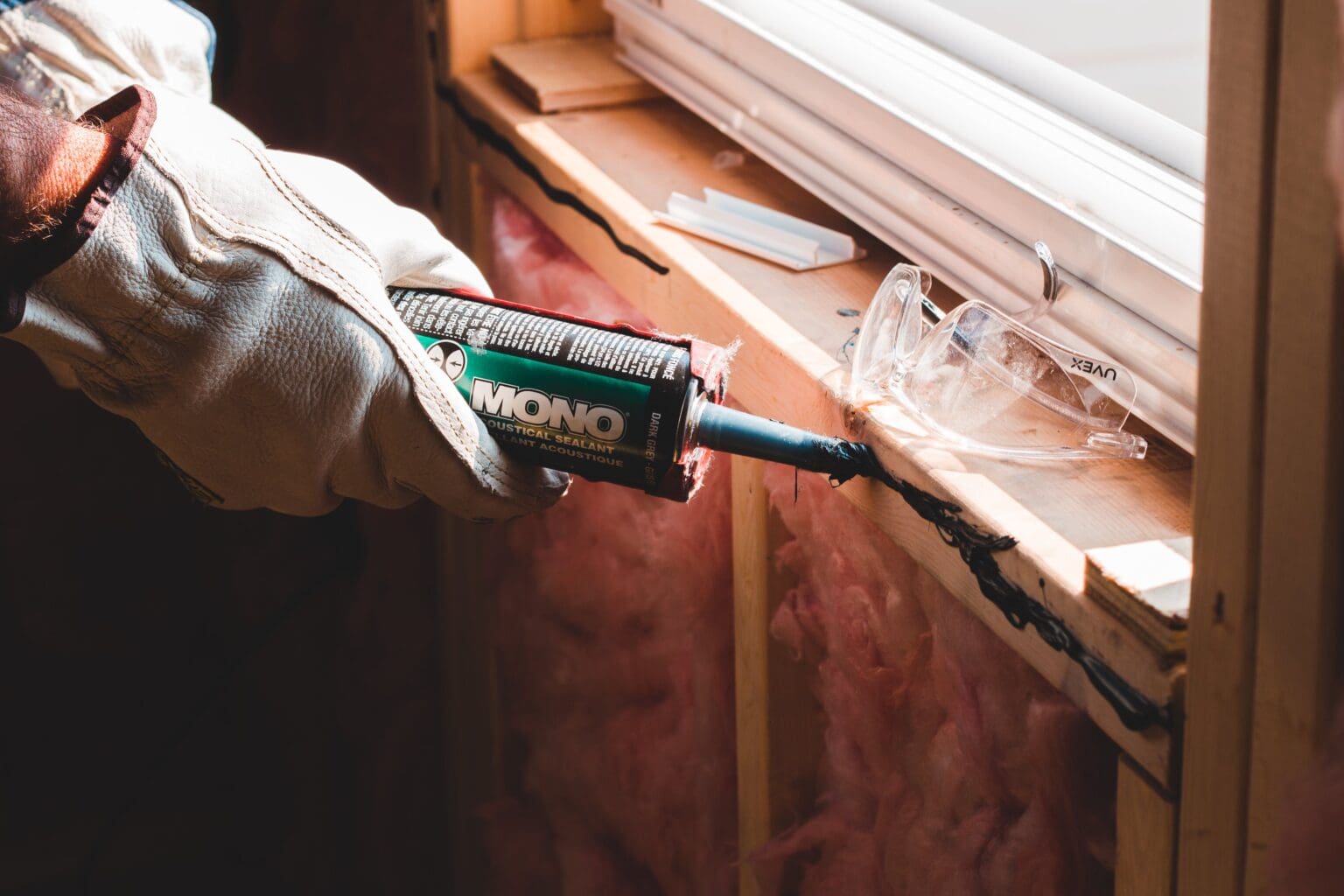
5 Tips for Winterizing Your Home
We all understand how tough and frigid winters can be, regardless of the city you live in. Icy roads, snowy weather, and slick sidewalks are all characteristics of snowy weather. Staying warm at home is very costly during the colder months. Getting prepaid beforehand helps you survive better and cheaper.
Winter calls for better preparation for plummeting temperatures and rising energy costs. With minimal preparations, ensure your home is set to provide comfort and warmth while reducing energy expenses. In this piece, we will explore five suggestions to prepare your home for the winter season.
1. Check and Clean Your Gutters
Cleaning your gutters is one of the most important steps to winterize your house. This is because leaves and debris clog them, causing water to freeze and pool. As it freezes, it can create ice dams and icicles. Although the ice dams and icicles look pretty, they can damage your roof and house severely.
Falling icicles can also cause slippery conditions. On the other hand, ice dams allow water to seep through your walls, leading to mold growth. Mold and spores are very dangerous for your health and difficult to deal with. Ice dam water flowing to your house’s foundation can collect with time. It can cause foundation damage and soil erosion with time. This is one of the worst experiences a homeowner can experience.
2. Insulate Your Home
Another easier and more reliable way of winterizing your home is by insulating your home. For better results, starting your insulation process from the largest space in your home is advisable. You should also do it in rolls to make it easy and functional. Any exposed pipes should also be insulated. If your water pipes are not insulated, they can freeze and burst, causing a flood in your entire home.
Most major hardware stores stock pipe covers. You can also leave a dripping faucet in the bathroom and kitchen sinks to prevent your water pipes from freezing. Apart from a dripping faucet, you can also prevent pipe freezing using heating tape. The heating tape might be tricky because it needs an electricity connection. Therefore, you should consider this factor before getting started.
3. Caulk Window Gaps
Cold air can sometimes seep through the cracks and gaps in the window frames. Sealing the cracks with caulk goes a long way. Recaulking can also come in handy in the summer season for temperature regulation. You can also use insulation film to winterize your home’s windows. This is preferred for older window panes. Insulation film won’t seal air leaks but can still block cold air from entering your house when properly installed.
4. Weatherproof Your House
An additional way of winterizing your home is by weatherproofing it. Weatherproofing is an easy and cheaper combination of tips for keeping your home cozy and warm. These include repainting your walls and deck with new seal paint. This prevents the moisture in the snow and ice balls from soaking into your interior, weakening it.
Secondly, you can replace faulty and improperly fitted wall vents and outlets. Ductwork insulation before the winter season goes a long way since a lot of heat is lost through air ducts. In case of little crannies and nooks that can’t be insulated, you can opt for weather strippers. Weather strippers can be used on attic hatches, immovable windows, window sashes, and door jambs, which have degraded with time.
5. Consider Upgrades
If you have not upgraded your home systems for some time, it might be time to upgrade them. Investing in double pane and storm windows is one of the most effective winterization upgrades you can give your home. These windows insulate your home better than outdated single-pane windows. You can also upgrade your thermostat.
A smart or programmable thermostat offers you better indoor temperature control year-round. Monitoring indoor temperatures becomes more convenient, whether at home or away. Using a programmable thermostat enables you to configure the eco setting for times when you’re not at home.
Winter can be a nightmare if you haven’t prepared your home accordingly. The best time to winterize is a month or a few weeks before its onset. The above tips will keep your home cozy and lower your energy costs. Luckily, you don’t have to handle all these by yourself. Comfort Zone of North Florida ensures your home is ready for chilly nights and snowy days this winter.
